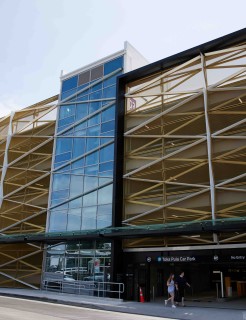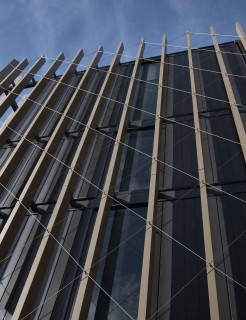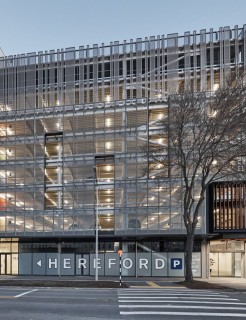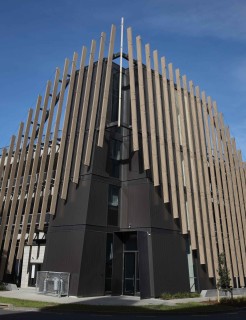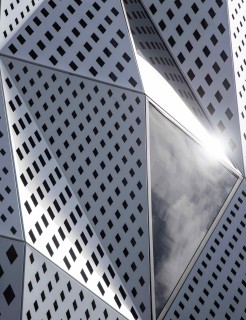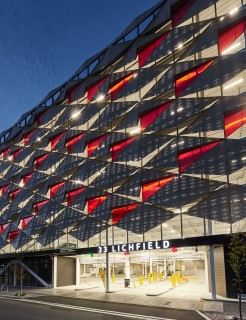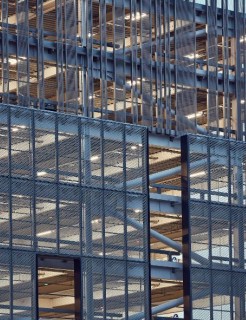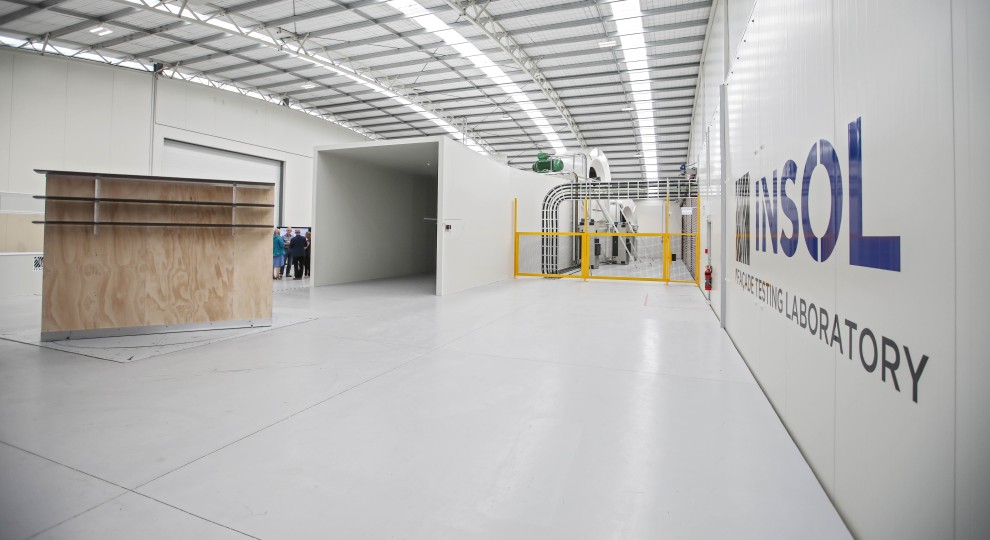
The Danger of Wind: Physical & Financial
The only predictable thing about weather is its unpredictability. So whilst there is seemingly a general consensus on the worsening of weather patterns as a direct result of climate change and a growing body of research in extreme event attribution, how future patterns manifest themselves remains largely impossible to forecast accurately.
Equally unpredictable is how building facades will react. A point further exasperated with the growing demand for bespoke installations, with designs and materials pushing boundaries. With such projects, the issues faced often go beyond known understanding and documented theory. In such instances we are truly entering an arena of the unknown. This is both exciting and cause for caution.
Issues caused by wind may be the unwanted production of sound or the physical degeneration of the facade. In more extreme cases, sudden failure of facade elements at considerable height is likely to have catastrophic consequences In all instances, the danger may be felt both physically and financially. Furthermore, issues of liability are complex and lack clarity, especially when such instances are considered newsworthy and the general public act as arbitrator of reputation and recrimination.
Wind & Sound
- Vortex Shedding
- Structural Vibration
- Helmholtz Resonance
- Wind & Facade Element Damage
- Liability and Reputation Considerations
- Risk Mitigation Options
Wind & Sound
Free from surface friction and less dense, air moves more rapidly as height increases. For taller buildings, this increases the possibility of wind related sound issues. In structures with architectural facades, it may be assumed the risk of sound pollution from wind rises in relation to the level of complexity of design.
Vortex Shedding
When wind hits a structure alternating vortices are formed at a specific frequency, often leading to a vibrational load. The result is an aeolian tone or whistle, measured in hertz. Large resonances can occur in situations where the vibration frequency is the same as the natural resonant frequency of the facade element.
It is possible to calculate the vortex shedding frequency to mitigate risk.
Structural Vibration
Whilst Vortex Shedding may be the cause of structural vibration it can also result from friction between moving building elements. At its worst, structural vibration may cause a structure to enter a phase of oscillations until collapse. In 1940, the Tacoma Bridge collapsed due to aeroelastic flutter caused by wind speeds matching the natural frequency of the structure. Tall chimney stacks are also an area where vortex shedding can cause issues.
Helmholtz Resonance
Essentially air increasing and decreasing in pressure rapidly within a fixed volume, often referred to as wind throb. Helmholtz Resonance is the result of air passing over a single opening (both entry and exit) causing the air in and around the opening to vibrate as the air inside compresses and decompresses. You can recreate the effect by blowing across the top of a bottle neck or opening just one window in a moving car.
Where any of the preceding are present the result can be dramatic. Examples include an apartment block in Auckland and the somewhat eerie howl of Machester’s Beetham Tower. It would seem even the most expensive building in the world, One World Trade Center, is not free from noise
Wind & Facade Element Damage
As previously highlighted with the Tacoma Bridge, structural vibration can result in aeroelastic flutter and lead to structural compromise, even collapse.
Less dramatic results may still result in catastrophic consequences should facade elements be fatigued by wind and eventually be compromised to the point where they become detached and fall.
It is worth noting that not only can the wind cause significant distress but also the sun, as is the case with London’s infamous ‘death ray skyscraper’.
Liability & Reputation Consideration
The complications from wind noise and facade element damage are far from clear-cut. Design liability may be disputed due to complicating factors, incurring additional cost and lengthening the period until resolution and remedial works are complete. This will likely cause some exasperation amongst the affected parties and result in a stronger case being made against a particular party who might be considered ‘perceptively liable’ in the eyes of the aggrieved, and more likely, the press.
It would be common and to be expected that public opinion is formed against the most well-known, or newsworthy party, involved. In most cases, this is likely to be the architect or property developer. Therefore, actual liability and perceived liability may both carry a financial burden, the damage to a reputation being hard to quantify but likely significant.
For more information and some shared lessons from what we have earnt, you can register for a CPD presentation from Insol, recognized by the New Zealand Institute of Architects.
Risk Mitigation Options
Where wind noise and element facade damage may not be reasonably well calculated with known theory, the only option to mitigate any risk is to undertake testing with the use of a wind tunnel. More specifically, testing a 1:1 sample is the only methodology for conclusive testing for wind noise and the likelihood of facade element damage under extreme wind speed.
The Insol Facade Testing Laboratory was set up to facilitate such tests. Large 1:1 scale models are placed over a turntable and subjected to wind velocities up to 200km/h, generated from the 4 centrifugal fans.
Whilst the facility is primarily for our own tests, in order to facilitate wider learning and because we are passionate about improving safety in the industry, it is available for hire within the construction industry. We offer the following service levels:
Service Level 1. Facility hire. Must bring own engineer and team to complete tests and reporting.
Service Level 2. Mock up and testing. Includes construction of mock ups, testing to client requirements and provision of output data.
Service Level 3. Design and test. Includes system design, construction of mock ups, full testing and engineers report/certification or PS1.
As we continue to push boundaries with design and construction, advancing both aesthetics and building height, the danger of wind will become more prominent. Exasperated further by the signaled increase in adverse weather, we need to similarly advance our understanding and approach to facade design, engineering and installation. Lastly, in a connected world which is becoming more and more litigious, there is both a strong ethical and financial case for caution and risk mitigation.

